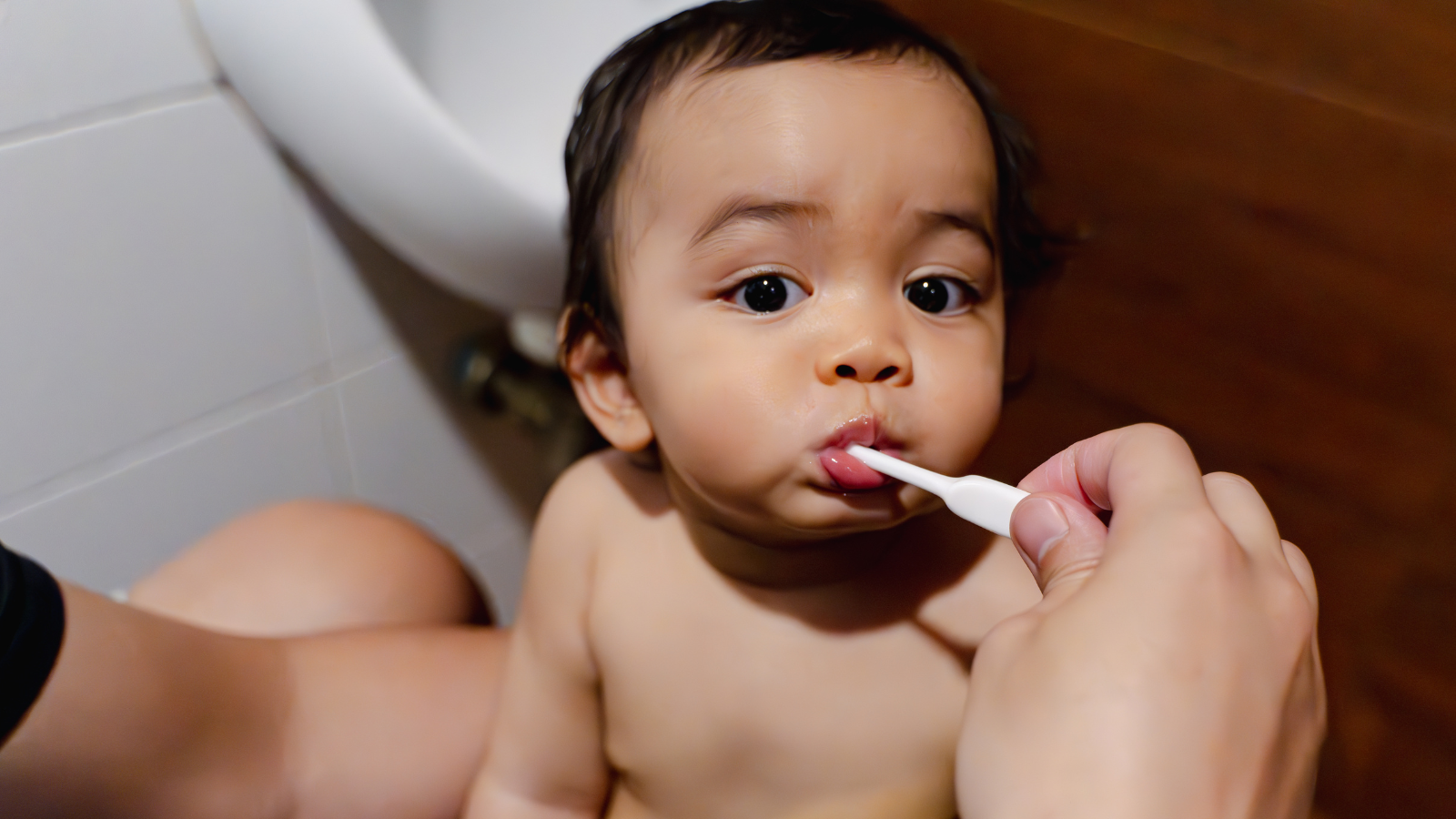
Hey there, new parent superstars! Ever wonder how to keep those adorable little chompers gleaming like sunshine? Brushing baby teeth might sound like a walk in the park, but there are a few secret moves to make it a breeze (and maybe even a bonding adventure!). Let’s unlock the mysteries of sparkling smiles and make this a fun ride for you and your tiny sidekick!
Why Brushing Baby Teeth is Crucial
When those first tiny teeth make their debut, it’s a moment of pure joy. However, these little chompers require care right from the start. Baby teeth are not just placeholders for adult teeth; they play a vital role in your baby’s overall health, development, and well-being.
- Dental Health Foundation: Baby teeth hold space for adult teeth, helping guide them into the correct position.
- Speech Development: They aid in the development of proper speech patterns.
- Nutritional Benefits: Healthy teeth are essential for chewing food properly, which is crucial for your baby’s nutrition.
When to Start Brushing Baby Teeth
The journey begins even before the first tooth appears. Here’s a timeline to guide you:
- Before Teeth Emerge: Gently wipe your baby’s gums with a clean, damp cloth after feedings to remove bacteria and sugar.
- First Tooth: Once the first tooth appears, usually around six months, start brushing twice a day with a soft-bristled toothbrush and a tiny smear of fluoride toothpaste (about the size of a grain of rice).
- Age 3 and Up: Increase the amount of fluoride toothpaste to a pea-sized blob.
How to Brush Baby Teeth
Step-by-Step Guide
- Choose the Right Tools: Use a soft-bristled, small-headed toothbrush designed for infants.
- Proper Positioning: Sit your baby on your lap with their head resting against your chest. For older children, have them stand in front of you with their head tilted back slightly.
- Small Amount of Toothpaste: Use a smear or a grain-of-rice-sized amount of fluoride toothpaste for children under three years. For ages three to six, use a pea-sized amount.
- Gentle Circular Motions: Brush the front, back, and chewing surfaces of each tooth in gentle, circular motions.
- Brush the Tongue: Lightly brush the tongue to remove bacteria and freshen breath.
- Rinse and Spit: Encourage your child to spit out the toothpaste but don’t rinse with water, as a little fluoride left in the mouth can be beneficial.
Tips for Making Brushing Fun
- Sing a Song: Create a special tooth-brushing song or play a favorite tune.
- Use a Timer: A two-minute sand timer or an app can make sure you’re brushing long enough.
- Storytime: Tell a fun story involving your child’s favorite characters brushing their teeth.
- Let Them Choose: Allow your child to pick their own toothbrush and toothpaste flavor.
Common Challenges and Solutions
Resistance to Brushing
Many toddlers resist brushing their teeth. Here are some ways to handle it:
- Model Behavior: Brush your teeth with your child to show them it’s a normal and fun activity.
- Positive Reinforcement: Praise and reward your child for good brushing habits.
- Offer Choices: Give them options, like choosing their toothbrush or deciding whether to brush the top or bottom teeth first.
Teething Troubles
Teething can make brushing uncomfortable. To ease the pain:
- Cold Washcloth: Let your child chew on a clean, cold washcloth before brushing.
- Teething Gel: Apply a small amount of teething gel to the gums if they seem particularly sore (after consulting your pediatrician).
Long-Term Oral Health
Establishing good oral hygiene habits early sets the stage for lifelong dental health. Regular dental check-ups are crucial. The American Dental Association recommends scheduling your child’s first dental visit by their first birthday or within six months after their first tooth erupts.
Frequently Asked Questions
How often should I brush my baby’s teeth?
Brush your baby’s teeth twice a day: once in the morning and once before bed.
When should I start using fluoride toothpaste?
Begin using fluoride toothpaste as soon as your baby’s first tooth appears, but only a tiny smear (about the size of a grain of rice) until they turn three.
How can I prevent tooth decay in my baby?
Avoid putting your baby to bed with a bottle, limit sugary snacks and drinks, and encourage a balanced diet.
Conclusion
Brushing your baby’s teeth might seem like a small task, but it’s a big step towards ensuring their lifelong health and happiness. By making it a fun and consistent part of their routine, you’re setting them up for a future of healthy smiles. Keep it light, keep it fun, and cherish these small moments—they grow up so fast!
